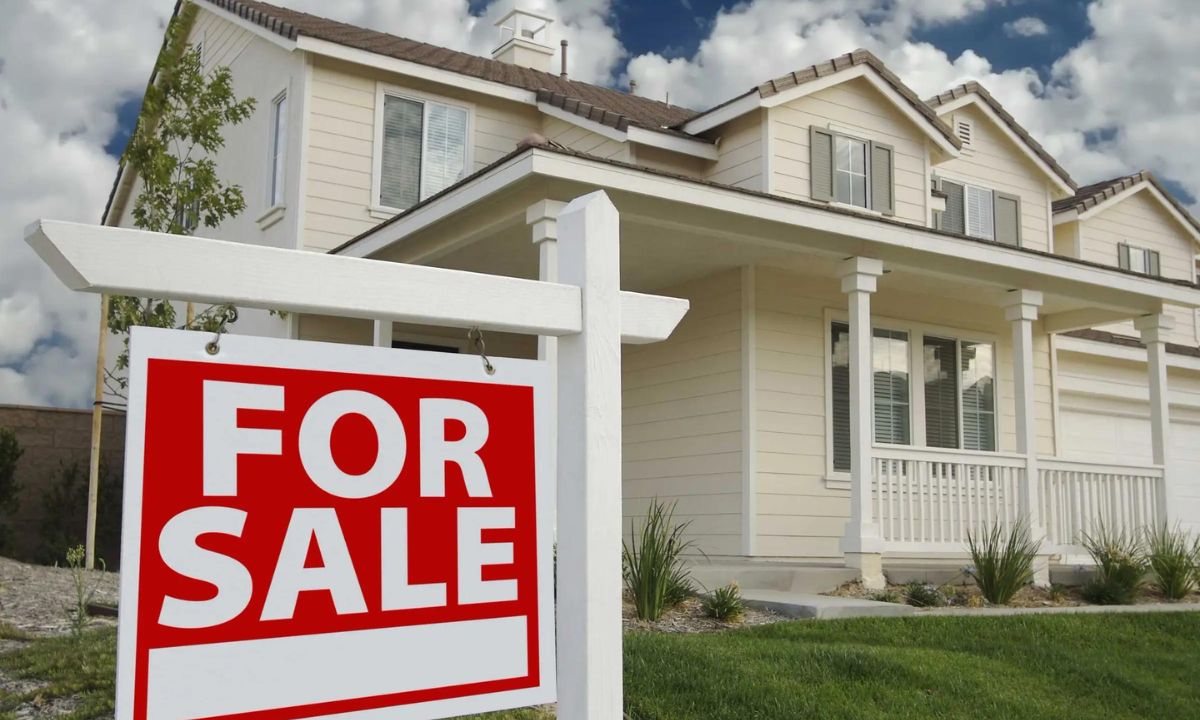In San Diego, the aspiration of owning a home is becoming increasingly elusive for many residents, underscored by a striking report from Zillow.
To secure a mortgage in this scenic yet pricey locale, families now require a staggering annual income of nearly $275,000, a figure that has nearly doubled since before the pandemic era. This sharp rise in housing costs, far outstripping wage growth, casts a long shadow over the American homeownership dream.
According to the criteria set by Zillow, where affordability is defined as dedicating no more than 30% of one’s income to housing costs after making a 10% down payment, the reality for San Diego’s residents is grim.
With the median household income in San Diego County at $96,964, barely 18%—or even fewer, as estimated at 11% by the University of San Diego’s Nonprofit Institute—of households can afford a home.
This discrepancy between income and housing prices is a growing concern, highlighted by Eo Hanabusa from the Nonprofit Institute, who notes a significant gap between the affordability index and the actual incomes of residents.
Delving deeper into the numbers, Zillow’s analysis reveals that the average monthly mortgage payment in San Diego, inclusive of insurance, property taxes, and upkeep costs, is $5,757. This necessitates an annual income of at least $273,613 to manage these expenses comfortably, against the backdrop of mortgage rates at around 6.6%.
The challenge of amassing a 10% down payment is daunting, requiring nearly 17 years of saving at a rate of 5% of total household income each month—nearly double the time it takes on a national average.
San Diego ranks as the fourth most income-demanding city for homebuyers among the 50 largest U.S. metropolitan areas analyzed by Zillow, only trailing behind other California cities such as San Jose, San Francisco, and Los Angeles. The pandemic has further strained the housing market, with the median single-family home price in the area surging by roughly $180,000 from 2020 to the end of 2023.
Despite these challenges, potential homeowners are exploring creative avenues to achieve their dreams, including financial support from relatives, purchasing homes jointly, or renting out parts of their homes. For some, relocating to more affordable cities offers a solution, with places like Pittsburgh, Memphis, Cleveland, and New Orleans presenting more feasible options for homeownership.
The impact of the housing affordability crisis extends beyond the pursuit of homeownership, touching on broader quality of life issues within San Diego. Surveys from the Nonprofit Institute indicate that a significant portion of the population is considering leaving the city due to the high costs of living, with homelessness, affordable housing, and economic disparities ranking as top concerns among residents.
Recent market data further illustrates the steep climb in housing costs, with the median price of a single-family home escalating to $1.043 million, up over 16% from the previous year. Even in the luxury market, notable sales such as a Spanish-style beach house in Coronado selling for $28 million highlight the city’s soaring real estate values.
This ongoing affordability crisis emphasizes the critical need for strategies to make homeownership a reachable goal for more San Diegans, ensuring the dream remains alive and well.

